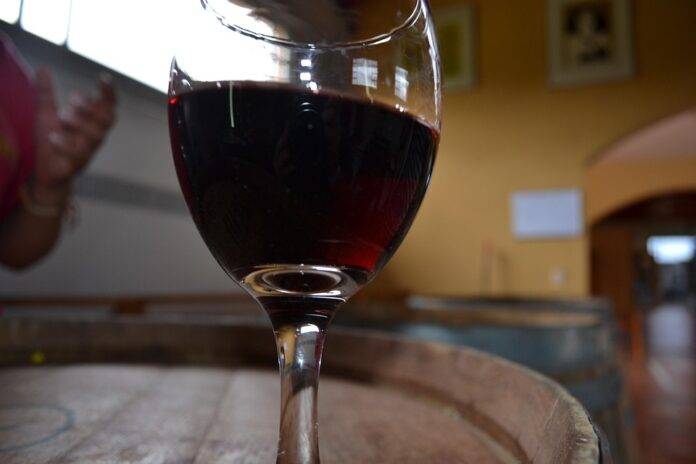The Balancing Act: Ripeness and Restraint in Modern Cabernet Production
The Evolution of Cabernet Sauvignon
Cabernet Sauvignon has long been considered the king of red wine varietals, known for its bold flavors, rich tannins, and aging potential. However, in recent years, there has been a shift in the approach to producing Cabernet Sauvignon, with a focus on achieving a balance between ripeness and restraint.
Historically, Cabernet Sauvignon was often produced with a focus on achieving maximum ripeness, resulting in wines that were high in alcohol, intense in flavor, and sometimes lacking in finesse. However, as consumer preferences have evolved towards wines that are more elegant and balanced, producers have had to rethink their approach to Cabernet Sauvignon production.
Embracing Restraint
One of the key ways that producers are balancing ripeness and restraint in modern Cabernet production is by embracing restraint in the vineyard. This means harvesting the grapes at slightly lower sugar levels to ensure that the resulting wines are more balanced and elegant. By picking the grapes earlier, producers are able to retain more acidity in the wine, which helps to counterbalance the natural richness of Cabernet Sauvignon.
Additionally, producers are also using less new oak in the aging process, opting instead for older barrels or alternative aging vessels such as concrete or amphorae. This allows the natural flavors of the grape to shine through without being overshadowed by the flavors of the oak. The result is a wine that is more reflective of the terroir and the grape itself, rather than the winemaking process.
Financial Implications
The shift towards a more restrained style of Cabernet production has had financial implications for producers. While some consumers are willing to pay a premium for wines that are more elegant and balanced, there is still a significant market for more traditional, ripe styles of Cabernet Sauvignon. As a result, producers must carefully balance the desire to create wines that are reflective of current trends with the need to cater to existing consumer preferences.
Some producers have found success by offering a range of Cabernet Sauvignon wines, each catering to a different segment of the market. For example, a producer may offer a more restrained, elegant Cabernet Sauvignon as well as a richer, riper style to appeal to a wider range of consumers. This approach allows producers to capture a larger share of the market while still maintaining their commitment to quality and balance.
Industry Insights
Overall, the shift towards balancing ripeness and restraint in modern Cabernet production reflects a broader trend in the wine industry towards wines that are more reflective of their terroir and less manipulated in the winery. Consumers are increasingly seeking out wines that are authentic, expressive, and made with a lighter touch. Producers who are able to achieve this balance in their Cabernet Sauvignon wines are likely to find success in the market.
In conclusion, the balancing act between ripeness and restraint in modern Cabernet production is a complex and nuanced process that requires careful attention to detail and a deep understanding of the grape and the terroir. By embracing restraint in the vineyard and the winery, producers are able to create wines that are elegant, balanced, and reflective of the unique characteristics of Cabernet Sauvignon. As consumer preferences continue to evolve, producers must adapt to meet the changing demands of the market while staying true to their commitment to quality and authenticity.



